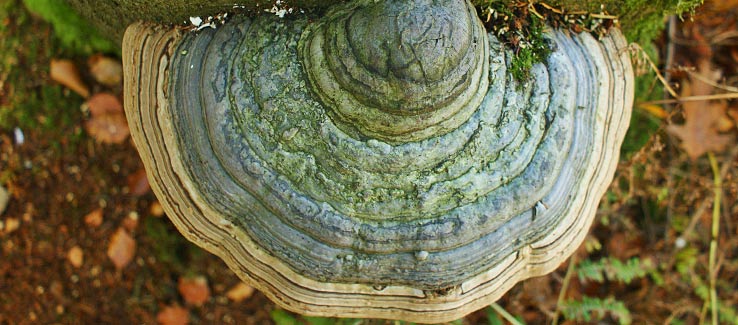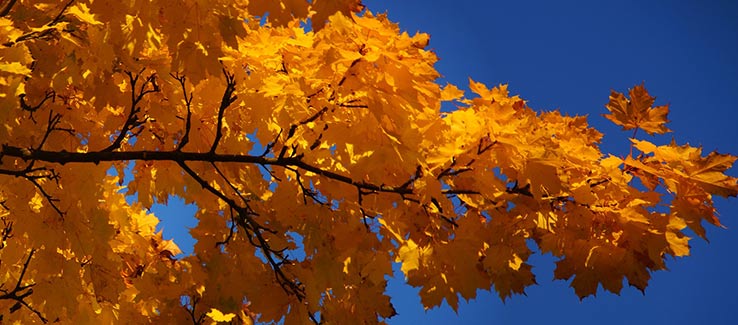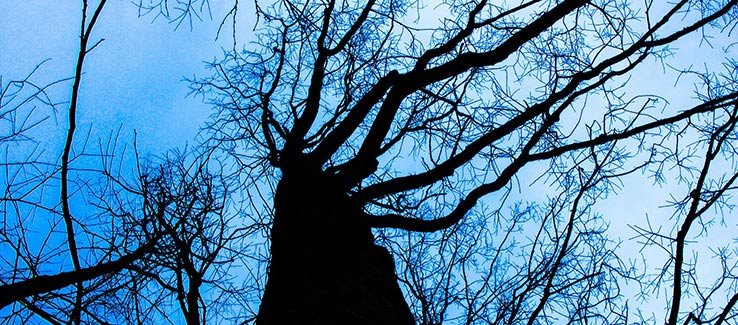Why Are My Trees Dying?
Your dead or dying trees could become severe hazards capable of causing catastrophic damage to your property. Knowing why your trees are getting sick and dying will help you take action to either save them or remove them.
fasttreeremovalatlanta.com gathered the following information to help you uncover the many reasons your trees may appear to be dying or already dead and what to do with them.
What Is Making My Trees Sick?
Your trees may be under stress or dying from a variety of conditions. For some of the following, the situation can be reversed, for others, tree removal may be necessary for the protection of the surrounding trees and landscape:
Drought – Trees are capable of resisting disease-causing organisms and insect infestations when they are sufficiently hydrated. During times of drought, trees, shrubs, and plants use up water stored in the soil.
If this water is not replenished, trees will begin to display the following signs:
• Wilting
• Unseasonal leaf drop
• Insect infestation
• Fungal growth
It is essential to note that the above signs of illness or infestation typically appear after years of stress being applied to a tree’s health.
Unseasonable Heat – With global average temperatures on the rise and in many regions, longer summer seasons, heat may cause trees to lose the ability to evaporate enough water to cool their leaves.
When trees cannot meet their cooling needs, the result is leaf damage and additional stress to the tree’s health. This condition often causes early leaf drop in deciduous species and mortality in conifers.

Note: In small doses over long periods, trees are extremely capable of adapting to evolving conditions. However, at the rate temperatures are on the rise globally, trees are unable to keep up. Those trees found on the cusp of their hardiness zone are usually the first to develop symptoms of “overheating”.
Boring Insects – These insects have mastered their attack on trees to the point that by the time you recognize signs of infestation, the insects have likely moved on to a new host. Boring insects like beetles tend to successfully attack trees already stressed by heat, drought, and other factors. Signs of a boring insect infestation include:
• Entry/Exit holes in the trunk, branches, or stems
• Foliage wilting or loss on specific branches or stems
• Branch or stem death on an otherwise healthy-looking tree
• Visual identification of the insect
Due to the destructive nature of boring insects, an arborist must be hired to inspect the tree, perform a hazard assessment, and evaluate the risk to the surrounding environment.
Read more about beetle damage and treatment at fasttreeremovalatlanta.com/ambrosia-beetle-damage-treatment
Disease – When trees are infected by a disease, they can take years to show symptoms, and by then, it may be too late to save the tree. This depends on the health of the tree when it was successfully attacked, the tree’s capacity to compartmentalize diseased tissue, and how the tree was infected.
Pathogens that attack trees through their roots are fast-acting and can cause hydraulic failure and death in a fraction of the time others may take.
Diseases that frequently attack trees include:
• Anthracnose
• Armillaria root rot
• Dothistroma needle blight
• Oak wilt
• Phytophthora diseases
• Blight diseases
• Cytospora (Cankers)
Some pathogens like the ambrosia fungi are carried from tree to tree by boring insects. If successfully attacked, the tree now hosts a boring insect infestation and the disease it brought with it. Coupled with an already weakened state, such trees are likely to show symptoms, decline, and die fairly quickly.

Note: Tree roots weakened/stunted by drought or root rot (poorly drained soil) are most susceptible to successful pathogen attacks, such as Armillaria root rot.
Poor Tree Care – In some instances, a tree’s health can be weakened by the actions meant to boost its health. Consider the following:
• Poor pruning practices
• Using unsterilized equipment
• Over-fertilizing
• Water-logging the soil
• Herbicide application (to kill weeds) too close to the root plate or on the tree
• Volcano mulching
Read more about tree pruning, cutting, and removal at fasttreeremovalatlanta.com/when-tree-pruning-cutting-emergency-removal-atlanta-ga
When a tree suddenly dies, it is likely due to multiple factors (drought, infestation, disease, unseasonable heat, etc.) causing hydraulic failure within the tree. Visit fasttreeremovalatlanta.com/how-do-i-know-if-my-tree-dying to discover what other signs to watch for when a tree’s health is declining.
Trees Eventually Die
For as much as we love and care for our trees, they are not immortal. It is normal for trees to grow old and die. Many fruit trees have a lifespan limited to decades, while some species may persist for hundreds or thousands of years. You can give your tree its best shot at a long life by:
• Planting an appropriate species for the region
• Planting it well within its hardiness zone
• Planting it in the right location*
• Providing the correct balance of nutrients
• Providing sufficient water (especially in times of drought)
• Using proper organic mulching techniques
• Using proper pruning methods with sterilized equipment
* The importance of planting a tree in the proper location cannot be overstated. The roots need space to grow and develop unobstructed. The tree’s canopy should be free from obstruction (especially from any power lines above).

If and when the time comes to have your tree removed, call a professional tree service to have it safely brought down, especially if it is infested or diseased. This will help you save any neighboring trees, shrubs, and plants from being infected or infested by whatever killed your tree.
My Trees Are Dying
In this article, you discovered several reasons that can lead to the death of your tree(s), and what to do with them.
By recognizing the signs of disease and infestation, and taking action, you can potentially save your tree. At the very least, you can make informed decisions on what needs to be done.
When you ignore the signs of an ailing tree, you place your property, vehicles, and even your well-being at grave risk if the tree topples.
Sources:
tcia.org/TCIA/Blog_Items/2014/What_To_Do_When_Your_Tree_Is_Dying.aspx
newhanover.ces.ncsu.edu/2019/06/why-are-my-trees-dying/
science.sciencemag.org/content/suppl/2013/11/13/342.6160.1235773.DC1
fs.fed.us/foresthealth/protecting-forest/native-insects-diseases/
extension.umd.edu/hgic/topics/cytospora-canker-spruce
extension.tennessee.edu/publications/Documents/SP686.pdf
(404) 220-9965
(404) 220-9963

